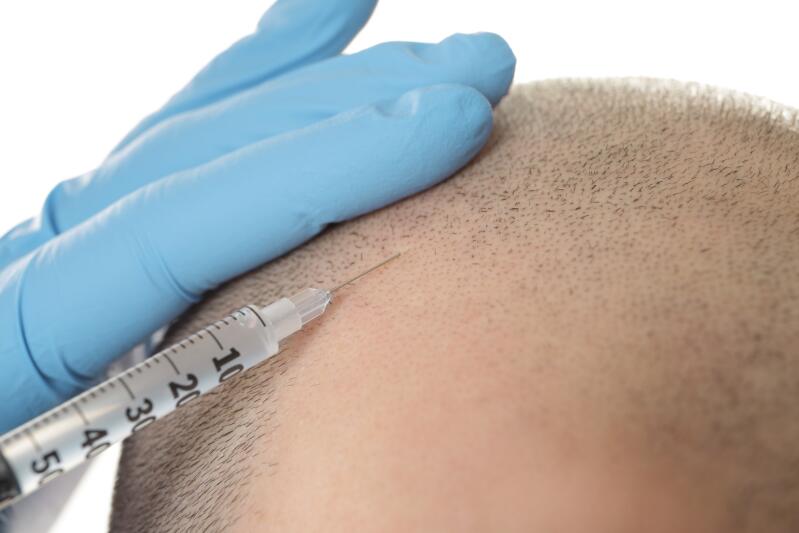-
Your concerns
Our articles to help you gain a better understanding
-
Our solutions
-
Ducray Dermatological laboratories

Although hair transplantation is an expensive solution that can sometimes be intimidating, it is also the longest-lasting and most effective way to fight androgenetic alopecia.

Summary
Have you tried everything in the world of hair loss care? Not seeing the expected results? Hair transplantation or grafting is a therapeutic alternative that allows patients affected by androgenetic alopecia to regain their lost hair density in the long term. It is important to note that the results depend on the number of hairs transplanted in relation to the area to be covered, the quality of the hair (especially its color and size) and the characteristics of the transplanted area. Hair transplantation is also reserved for stabilized hair loss. If the transplant is performed too early in a young subject, it will be necessary to repeat a hair transplant a few years later to fill the baldness that has spread.
To continue to fight against alopecia, it is important to combine treatment with surgery. The goal is to preserve as much of the hair as possible around the transplanted hair.
In recent years, hair loss transplants have become frequent among women. The number of hair transplant operations for women (29% to 42% of women are affected by hair loss in their lifetime*) has even tripled since 2004. Various factors impacting quality of life can lead to people turning to this solution: severe psycho-emotional distress, but also real difficulties in styling one's hair on a daily basis.
Hair loss transplantation is a surgical procedure performed under local anesthesia by surgeons specialized in aesthetic medicine. There are two main techniques, each of which can compensate for baldness associated with androgenetic alopecia.
Other treatment options and different techniques have been developed and tested to combat androgenetic alopecia:
The use of hair fibers and hair micropigmentation. These two techniques make it possible to quickly mask bald areas of the scalp. Whether it is the hair fibers that bind to the natural hair by an electrostatic phenomenon or the semi-permanent hair tattoo technique, the objective is to reduce the contrast between the scalp and the hair.
* Source: (Blume-Peytavi et al., 2011; Norwood, 1975)